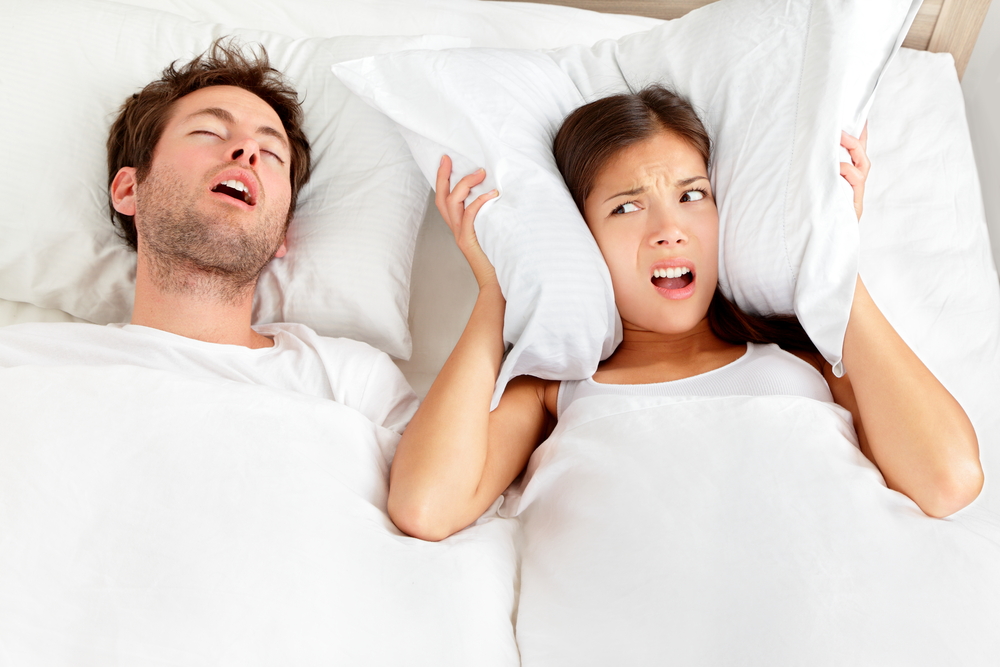
Recently, people have been talking about a new technique to treat sleep apnea. The Inspire system was developed for people who do not tolerate the CPAP device very well. In this blog we will discuss why Inspire was developed and if it might be a viable alternative for certain people who suffer from sleep apnea.
Sleep apnea is a condition with multiple symptoms and even more treatment options. When a person sleeps at night, they should stay asleep all night with minimal movement and there should be no snoring. Unfortunately, many people these days snore and have little control over this. Snoring can be a symptom of obesity or might be present in even the slimmest people – there is no true rhyme or reason here. The best way to diagnose the problem is to do a sleep study – a polysomnogram. This requires wearing all sorts of wires across the head and neck for a two-night study in most cases. Then a board-certified sleep MD reads the results. Without getting too technical, the measurement achieved is called the AHI – Apnea Hypopnea Index. If the AHI is quite high, then the usual first measure is to wear a CPAP – continuous positive airway pressure – to force the air into the lungs. For some people, it really works well, yet for others, it just cannot be tolerated.
Depending on who the doctor is, the next level of treatment is usually a dentist-fabricated device that opens the jaw and brings it more forward – just like if you did CPR on a person. The dental sleep device is a very good way to help open the airway in most mild to moderate apnea cases. Sometimes the device is used along with the CPAP to allow the machine to use less pressure to get the air into the lungs.
There are many other techniques to help sleep apnea cases – they involve surgery to cut away the palatal area – often referred to as UPPP (Uvula Palatal Pharyngeal Plasty) or even balloon plasty to just temporarily open the airway. Another surgery is called MMA -Maxillary Mandibular Advancement. This effectively brings the upper and lower jaws forward permanently. Beware of these surgeries as they might disrupt the TM joints. Other techniques include various medications that serve many different purposes.
Recently, HNS (Hypoglossal Nerve Stimulation) has been developed. This involves putting, for lack of a better word, an electrical ‘shock’ wire into the hypoglossal nerve in the tongue, then running a wire down the inside of the neck to a battery pack under the skin just below the collar bone. As with any surgical procedure to do an implanted device, there are risks associated with the procedure. Once the therapy is turned on, what happens next is when the patient has an apneic event, the sensor detects this and sends a ‘shock’ and in turn the tongue begins jutting forward to open the throat. Some people seem to tolerate this technique fairly well, others not so much. Some patients may experience discomfort from the stimulation, notice tongue abrasion, experience mouth dryness, or experience discomfort from the presence of the device. Overall, this is a relatively simple technique. The question brought up there is some concern that after a year or two the tongue may no longer be responsive to the shock wire.
Overall, there are many treatments for sleep apnea and no one system of therapy is right for every patient. Based on the AHI, the most non-invasive treatment, a dental sleep appliance, does still work and is highly recommended.
